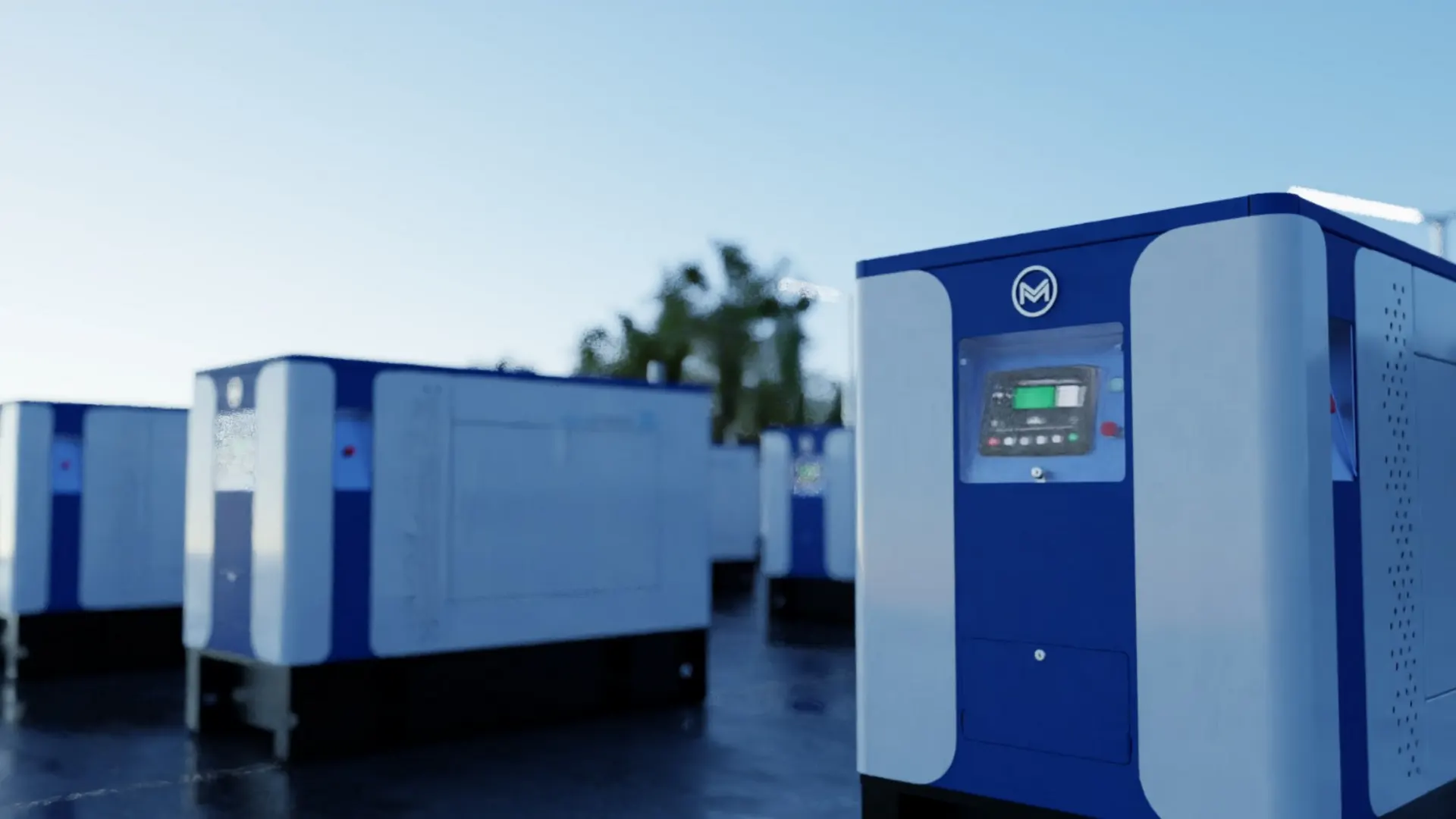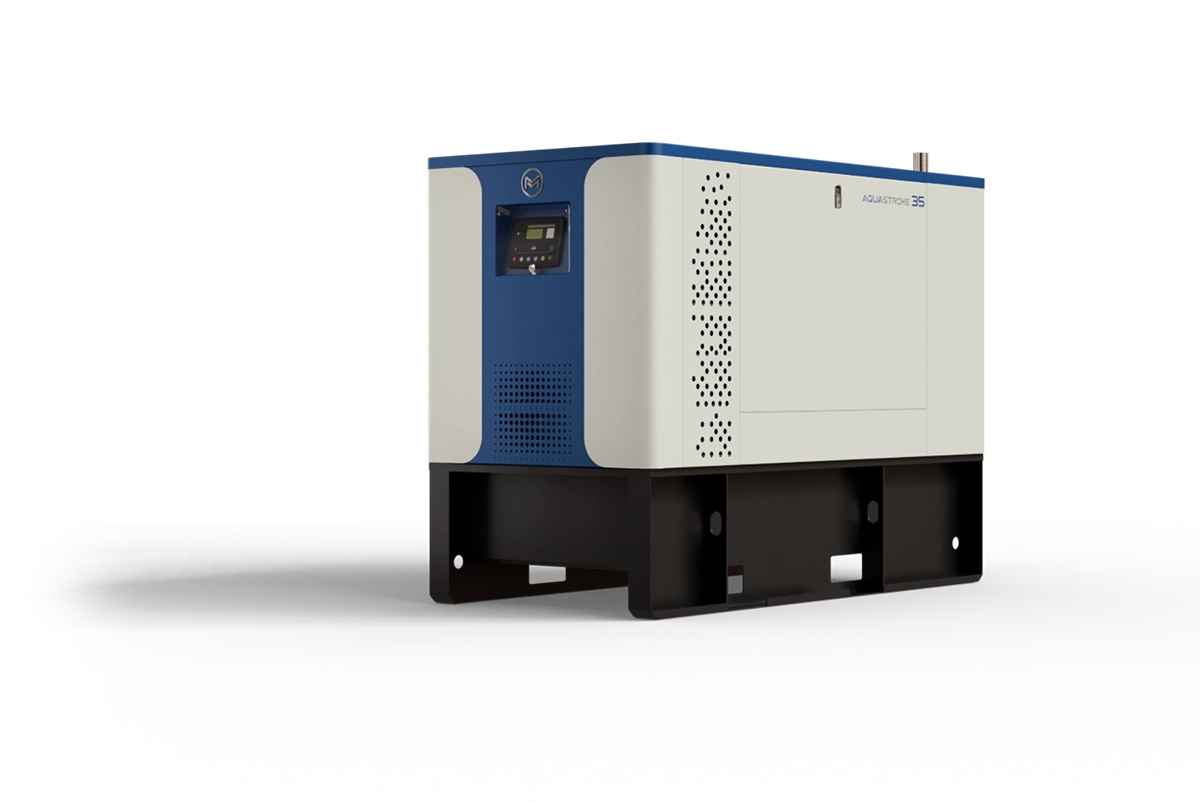Why the World Still Needs Combustion - Just Smarter
POSTED
Aug 12, 2025 9:15 AM Eastern Daylight Time
The world still needs combustion because it powers 80% of global energy demand, especially in sectors like heavy-duty trucking, aviation, and shipping, which require high power densities and operational flexibility that current battery technology cannot match. Liquid fuels offer significantly higher energy density. The focus is shifting to "smarter" and cleaner combustion technologies, including advanced engine designs like AquaStroke and diverse fuels such as hydrogen, biofuels, and synthetic fuels, which offer pathways to reduced or carbon-neutral emissions. Modern engines are also becoming more efficient, and in some cases, smart combustion can be more environmentally friendly than premature electrification, particularly where electricity grids are coal-heavy.
The Combustion Reality Check
Despite widespread electrification efforts, internal combustion engines power approximately 80% of the world's energy demand. The global ICE market, valued at $58.5 billion in 2021, is projected to reach $93.6 billion by 2029. This isn't a sign of technological stagnation—it's recognition that certain applications cannot yet be effectively electrified.
Heavy-duty trucking, aviation, maritime shipping, agriculture, and industrial heating all require power densities and operational flexibility that current battery technology cannot match. A modern cargo ship or agricultural harvester operating for 12-hour shifts simply cannot pause for hours-long charging sessions. The physics of energy density favor liquid fuels, which pack roughly 40 times more energy per kilogram than today's best batteries.
The Clean Combustion Revolution
Rather than abandoning combustion, innovative companies are revolutionizing how we burn fuels. Advanced combustion platforms like AquaStroke® demonstrate that the problem isn't combustion itself-it's how we've been doing it.
The AquaStroke system burns a 70% water and 30% ethanol fuel blend, utilizing steam generated within the combustion chamber to create additional torque while maintaining combustion temperatures below 900°C. This prevents a significant amount of NOx formation while achieving efficiency levels that rival diesel engines.
Beyond Traditional Fossil Fuels
Smart combustion isn't just about engine design—it's about fuel diversity. Clean-burning alternatives are reshaping the combustion landscape:
- Hydrogen combustion engines produce only water vapor as exhaust, with companies like Bosch developing hydrogen-powered systems specifically for heavy-duty applications. These engines can utilize existing manufacturing infrastructure while delivering near-zero emissions.
- Biofuels and renewable diesels offer drop-in replacements for fossil fuels, utilizing existing distribution infrastructure while reducing carbon footprints by up to 75%. Modern biodiesel burns cleaner than petroleum diesel, with higher flash points making it safer to transport and store.
- Synthetic fuels created from captured CO2 and renewable hydrogen provide a pathway to carbon-neutral combustion, with major automakers like Toyota already testing these e-fuels in real-world applications.
The Efficiency Revolution
Modern combustion engines bear little resemblance to their predecessors. Advanced technologies are delivering unprecedented efficiency gains:
- Variable valve timing and cylinder deactivation optimize engine operation across different load conditions
- Direct injection systems precisely control fuel delivery, reducing waste and emissions
- Turbocharging with downsizing maintains power while reducing fuel consumption by up to 20%
- Start-stop systems eliminate idling losses in urban driving conditions
These technologies collectively improve fuel efficiency by 15-35% compared to conventional engines.
What Are The Applications Where Combustion Remains King?
Several sectors will rely on combustion technologies for the foreseeable future where combustion remains the king, like:
- Agriculture and construction equipment operates in remote areas without charging infrastructure, requiring the power density and quick refueling that only liquid fuels provide.
- Maritime shipping moves 90% of global trade using vessels too large for battery power. Even with massive efficiency improvements, container ships need the energy density of liquid fuels for transoceanic voyages.
- Aviation faces similar physics challenges. While short-haul electric aircraft show promise, long-distance flight requires either hydrogen combustion or sustainable aviation fuels.
- Industrial heating for steel, cement, and chemical production requires temperatures exceeding 1,500°C—achievable through clean combustion but challenging for electric alternatives.
The Environmental Case for Smart Combustion
Counter-intuitively, smart combustion can be more environmentally friendly than premature electrification. Manufacturing an electric vehicle generates 19-34% more lifecycle emissions than an ICE vehicle in countries with coal-heavy electricity grids. When that electricity comes from fossil fuels, the environmental benefits of EVs diminish significantly.
The Path Forward
The future isn't about choosing between combustion and electrification—it's about deploying each technology where it performs best. Electric vehicles excel in urban passenger transport, while smart combustion dominates in heavy-duty, long-range, and high-power applications.
Advanced combustion platforms represent the bridge between our fossil-fuel past and our renewable future. By making combustion cleaner, more efficient, and fuel-flexible, technologies like AquaStroke® ensure that necessary transportation and industrial processes can continue operating while minimizing environmental impact.
As the energy transition unfolds, the world doesn't need to eliminate combustion—it needs smarter combustion. The companies and countries that master clean combustion technologies will find themselves with competitive advantages in industries that simply cannot electrify quickly enough to meet climate goals. Sometimes, the most revolutionary approach isn't to destroy the old system, but to perfect it.






